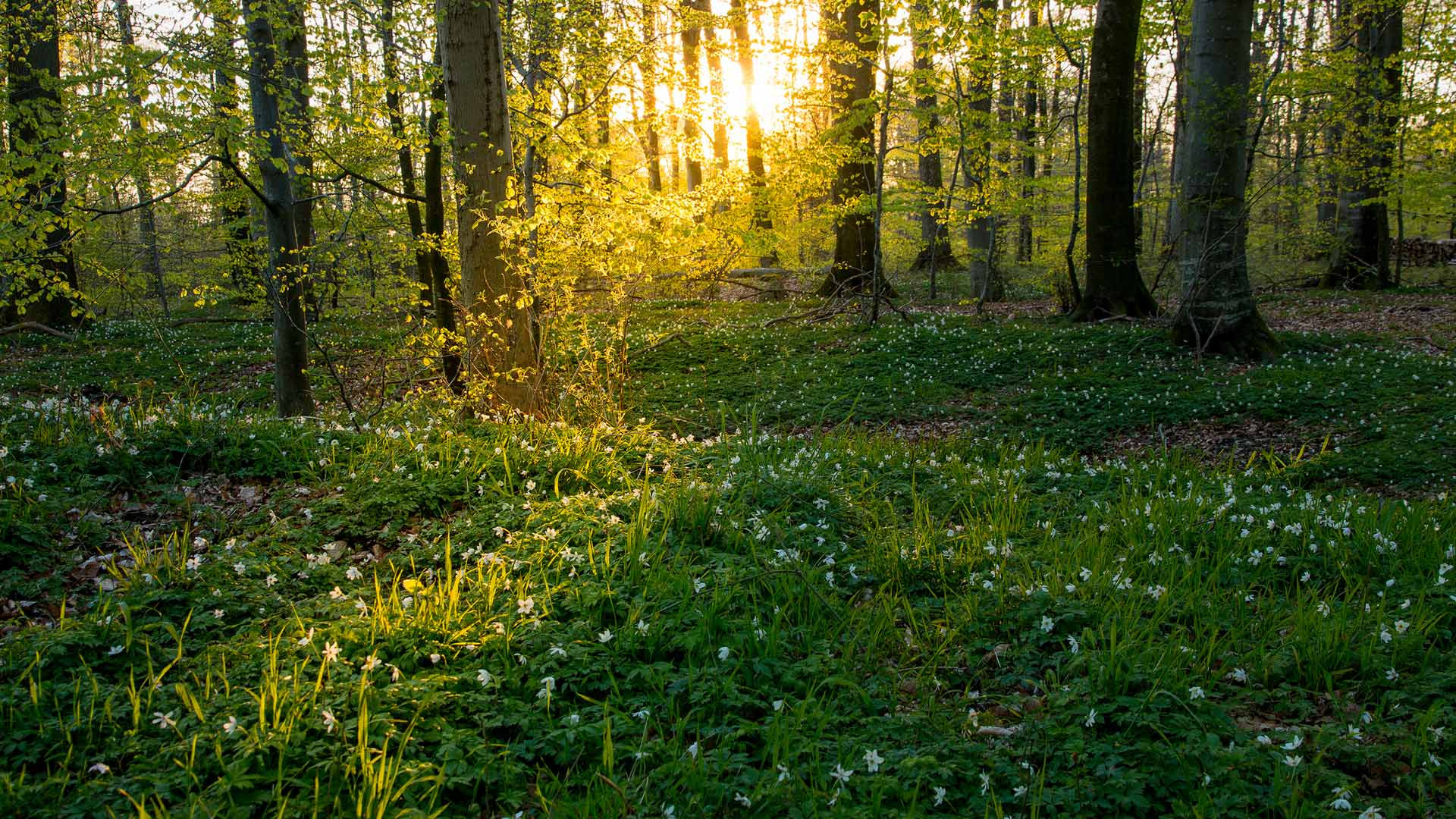Continuing on last week's theme about the art of stealth, this post is about crocodiles and alligators, whose skill in stealth, amongst other attributes, makes them very dangerous predators. (Click on image to view full size.)
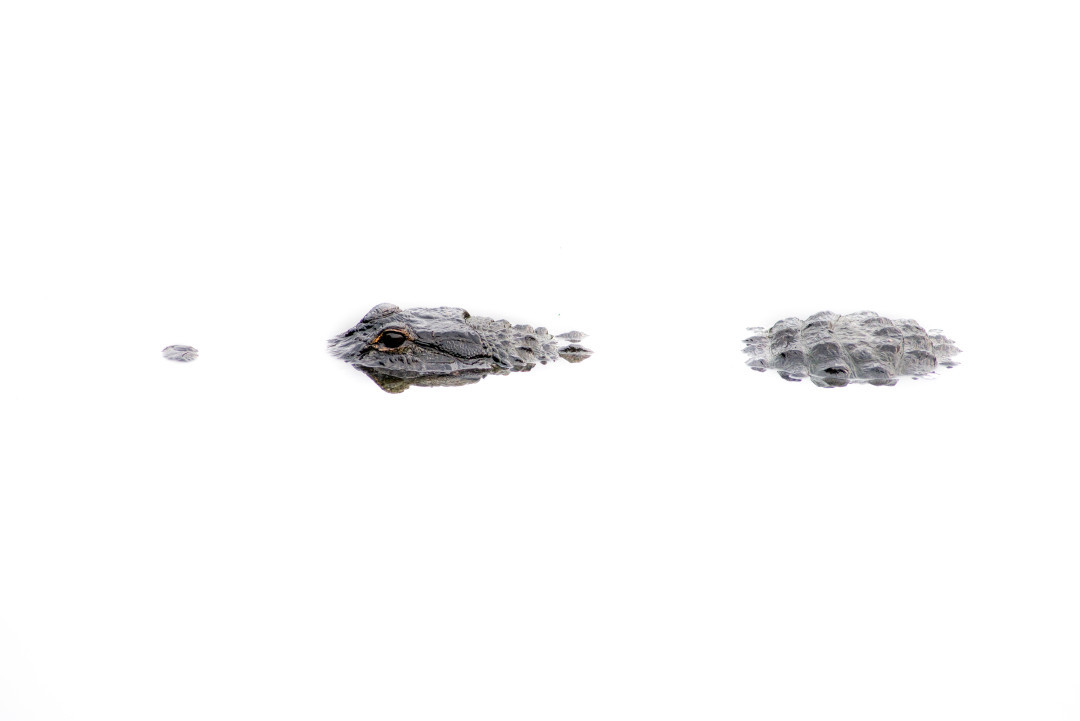
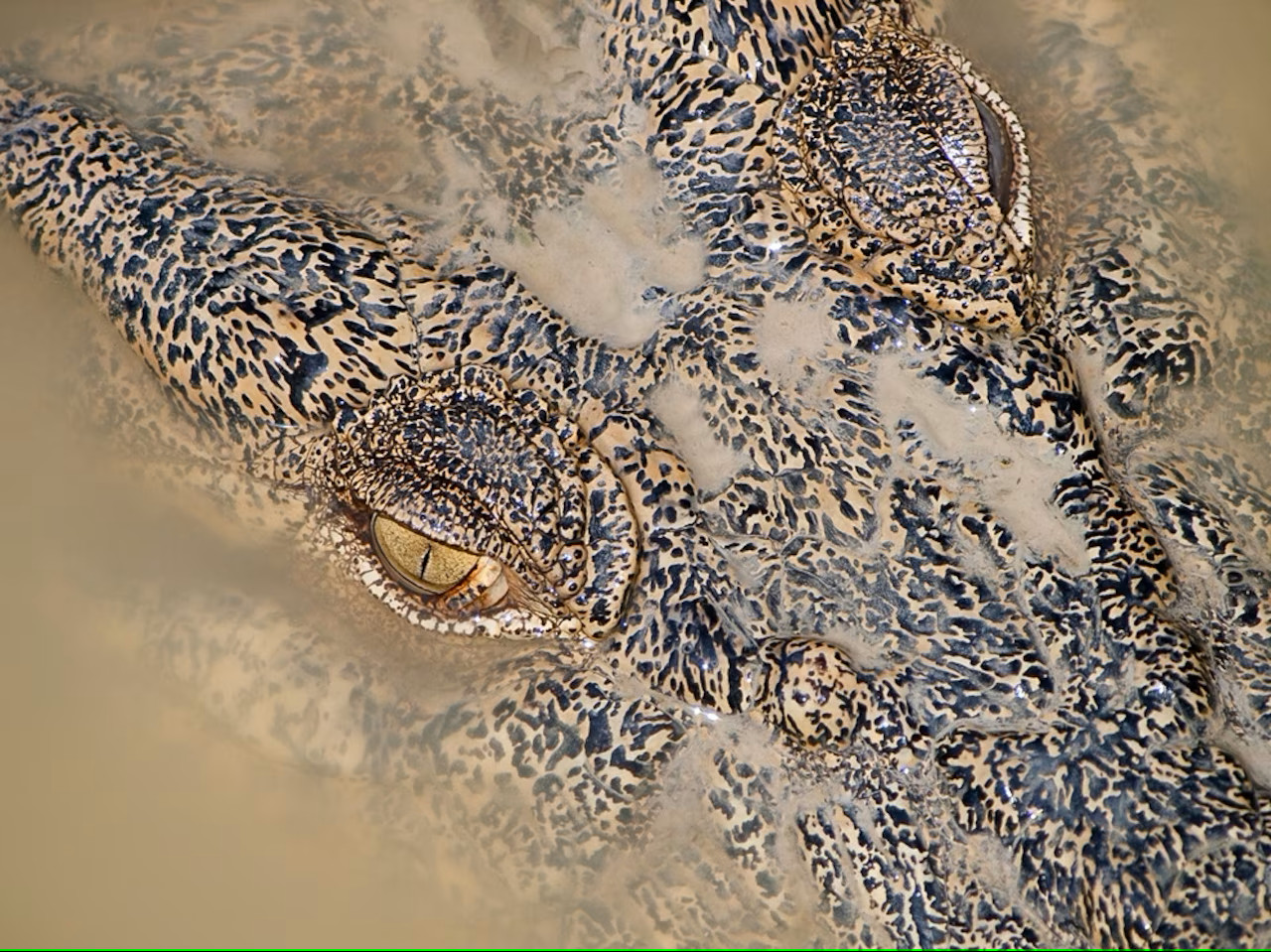
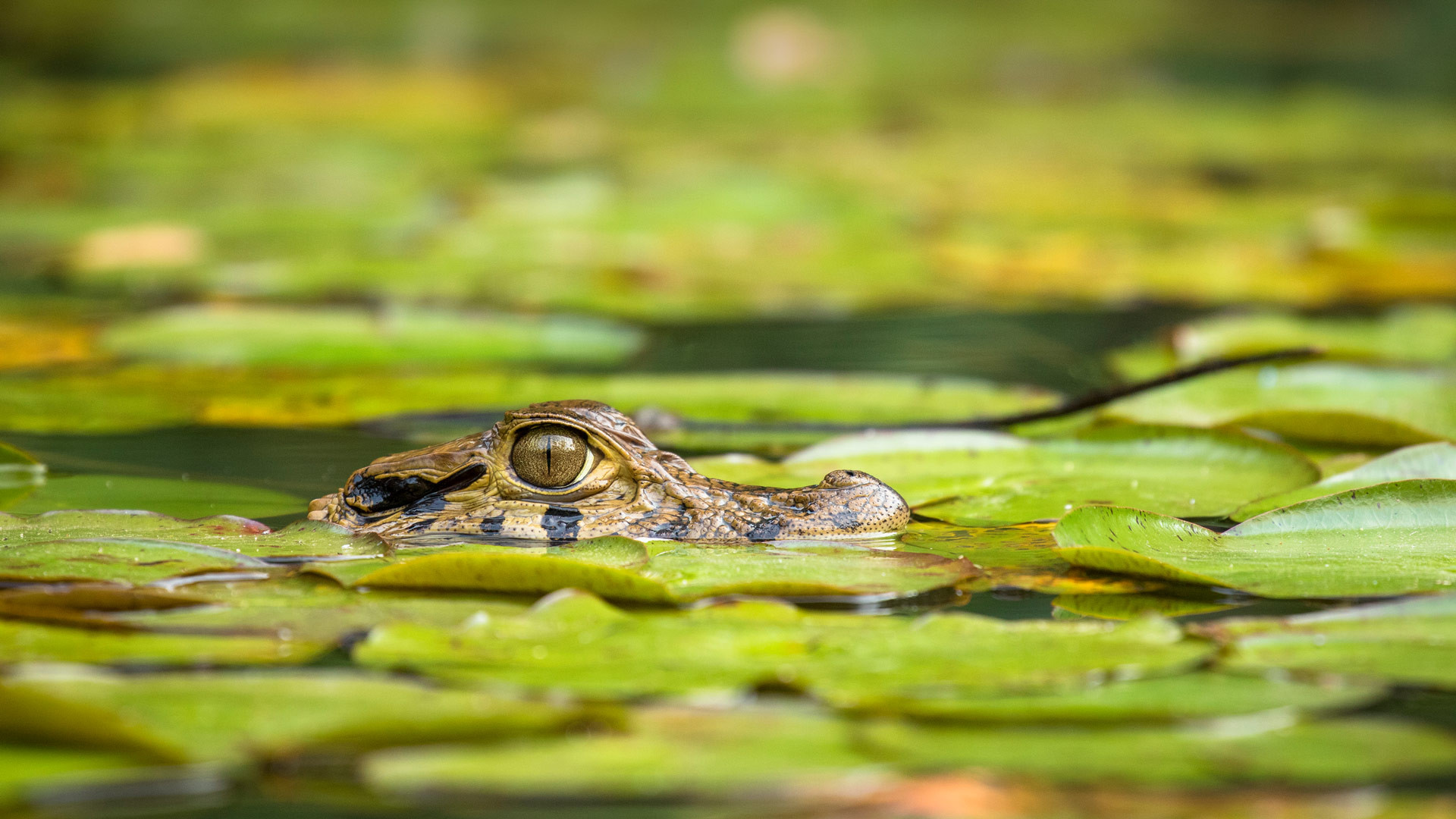
Continuing on last week's theme about the art of stealth, this post is about crocodiles and alligators, whose skill in stealth, amongst other attributes, makes them very dangerous predators. (Click on image to view full size.)



Stingrays are masters of the art of stealth, which they apply to both conceal themselves from their voracious predators (sharks, seals, sea lions and other large fish), as well as to ambush their prey (small fish, snails, clams, shrimp and other small creatures).
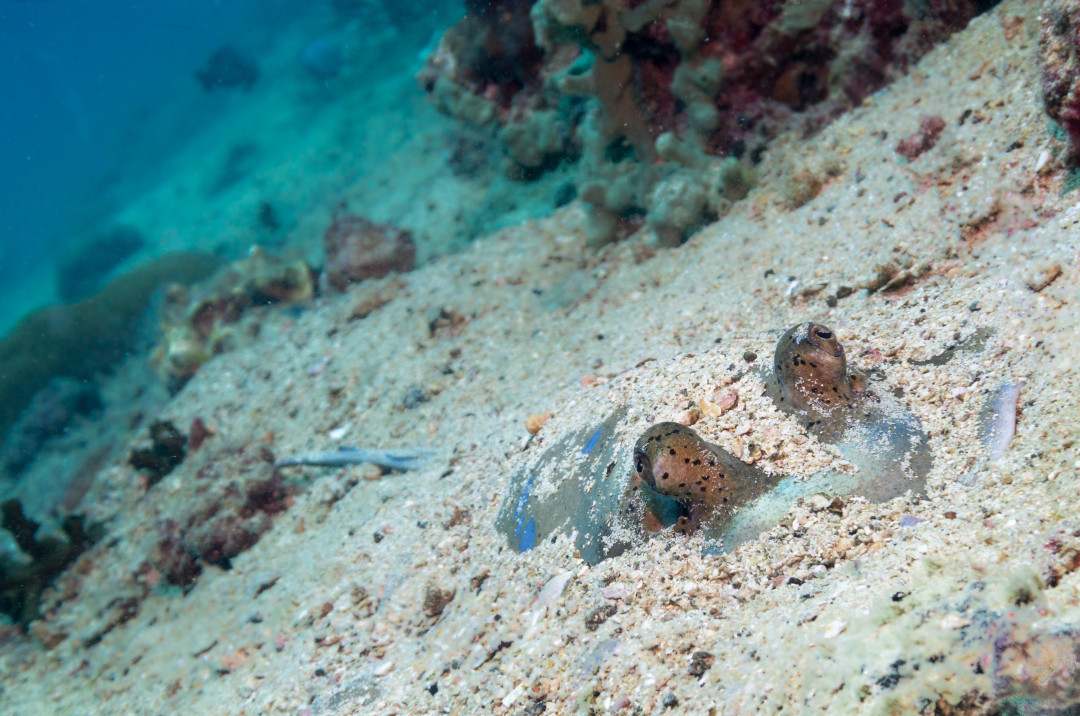
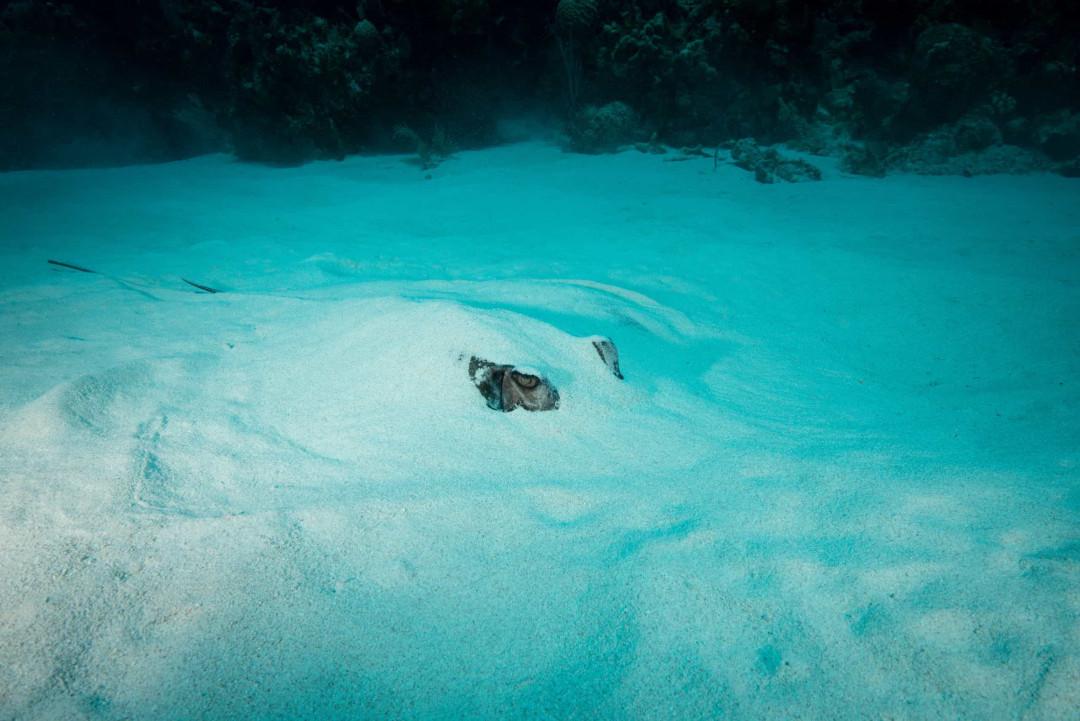
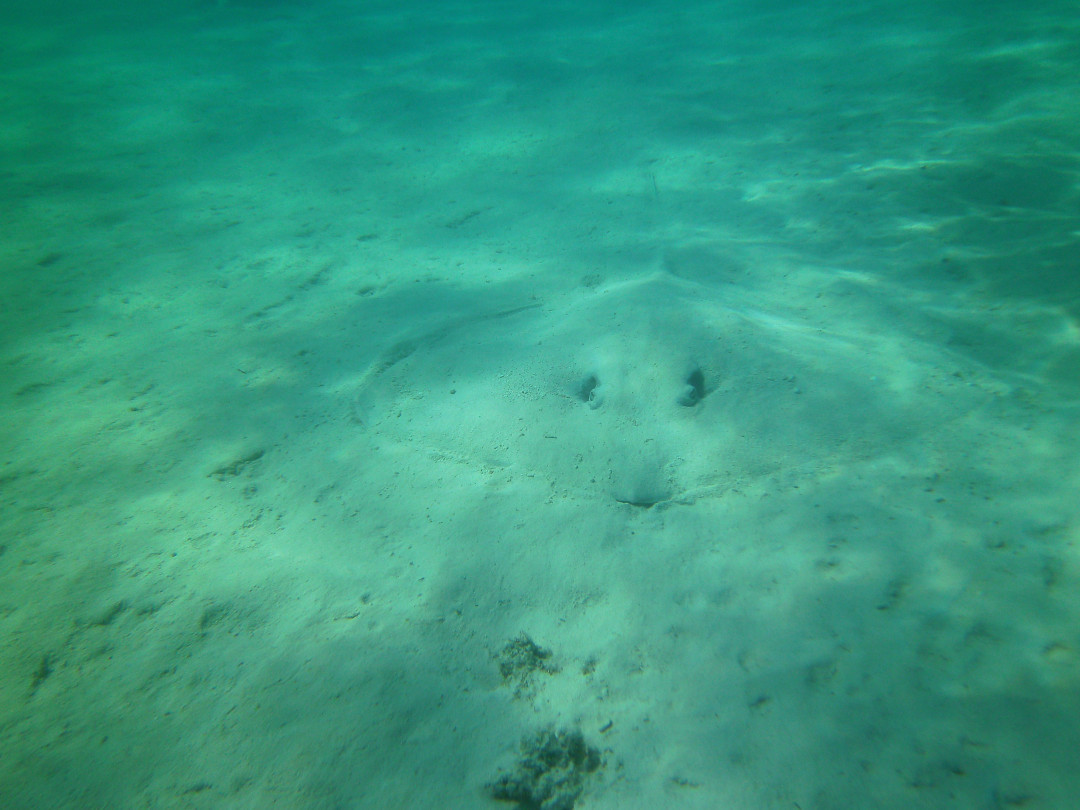
Pygmy marmosets (also colloquially known as 'finger monkeys') are native to rainforests of the western Amazon Basin in South America. These primates are notable for being the smallest monkeys in the world, at just over 100 g (3.5 oz). They are generally found in evergreen and river-edge forests, and are gum-feeding specialists, or gummivores.
Marine creatures that inhabit the Lembeh Strait at the edge of the Molucca Sea, in Indonesia.
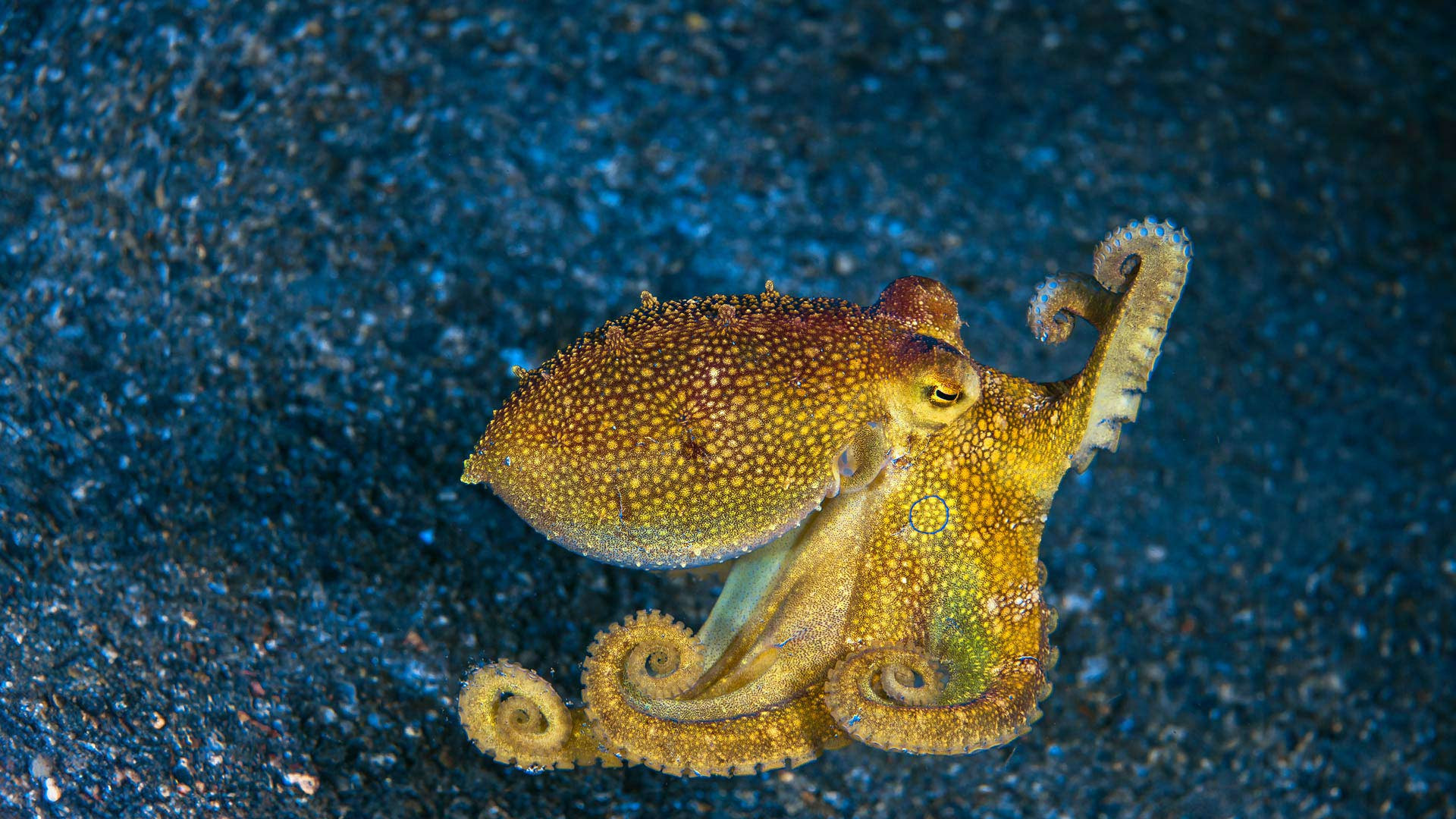
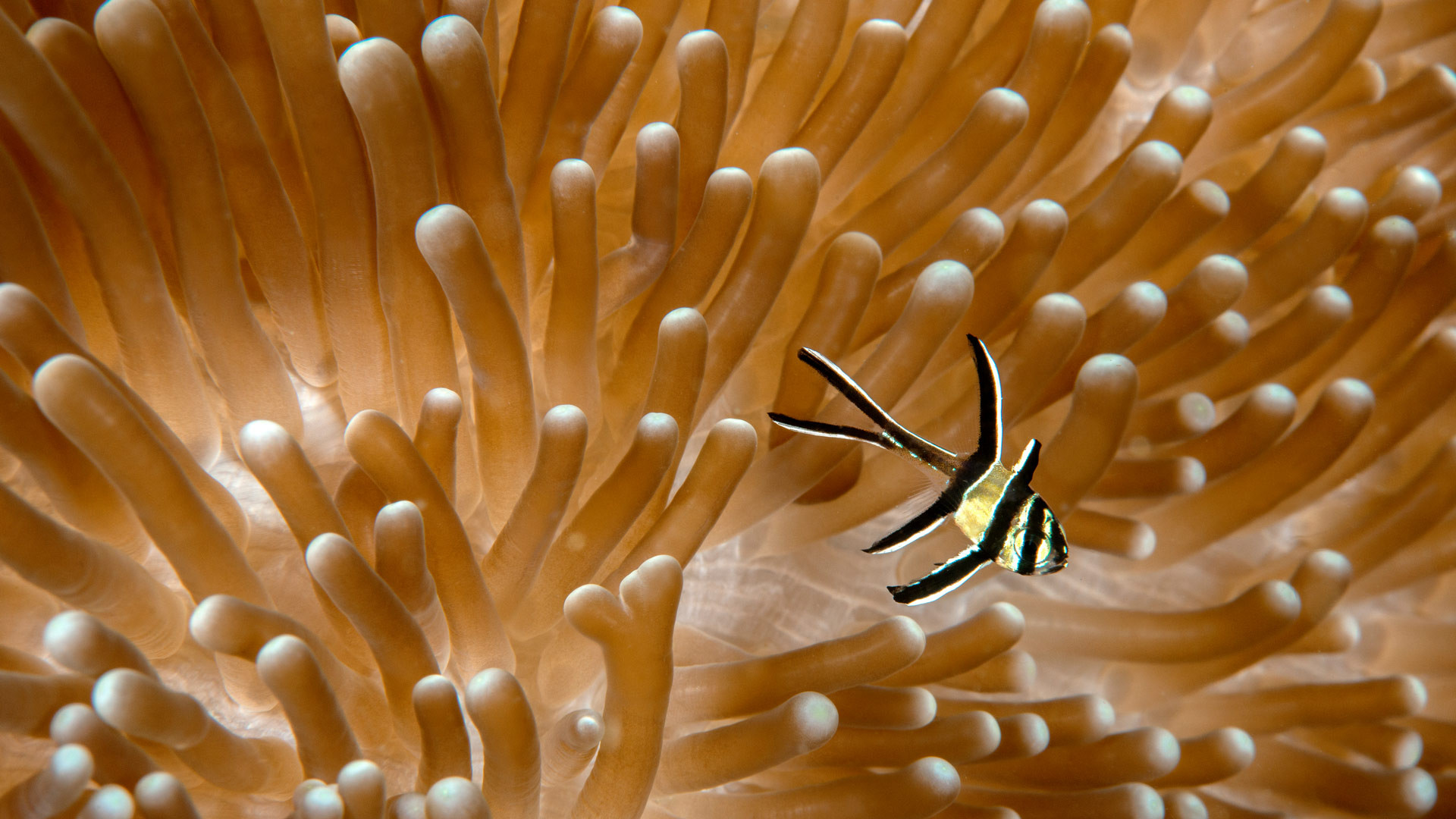
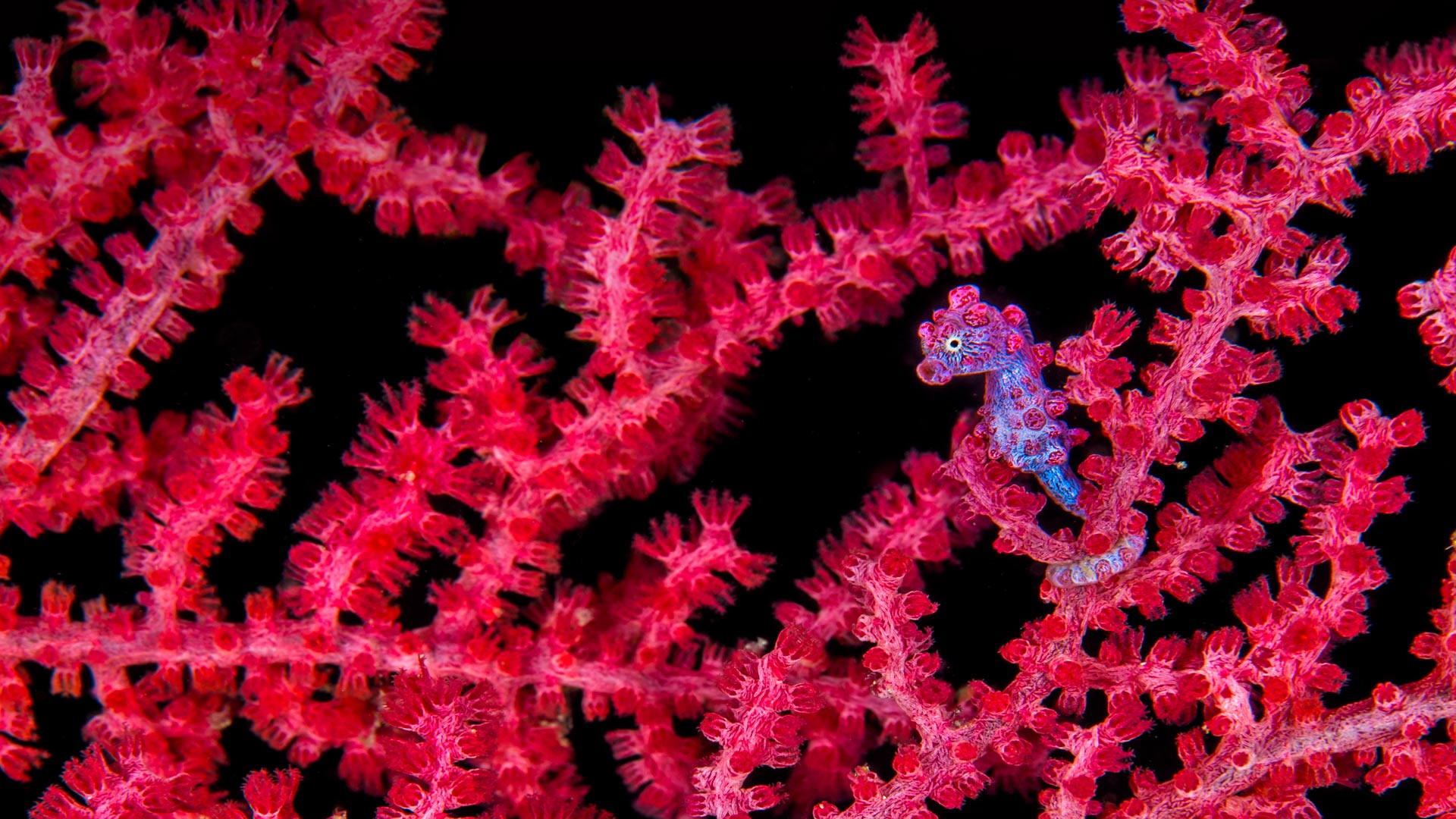
In a recent 2019 study (doi.org/10.1098/rsif.2019.0183), researchers from the University of Bristol discovered that orange fur is actually good camouflage in the wild. This is because most mammals are dichromats, meaning that they only have two colour receptors in their retina, and this makes them unable to distinguish red from green. In other words, most mammals see green instead of orange, which makes orange fur blend pretty well with the surrounding greenery.
It turns out that since no mammal has managed to develop green fur, orange fur is actually the next best-thing, as far as camouflage is concerned. Humans however are trichomats, and unlike most other mammals can pick out the orange colour with ease.
(Please click on an image to view it full-size.)
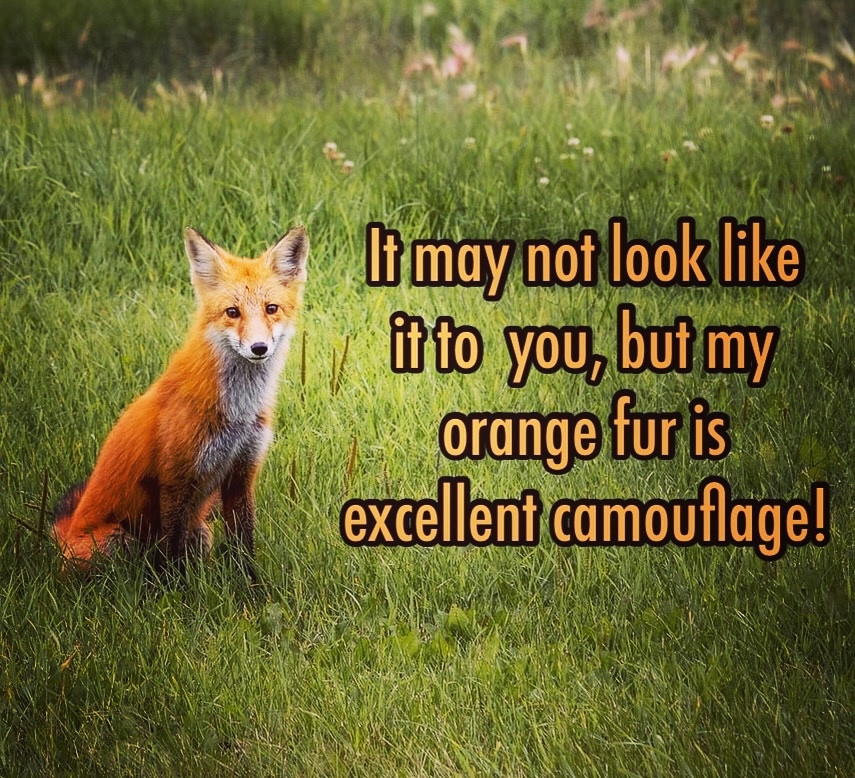
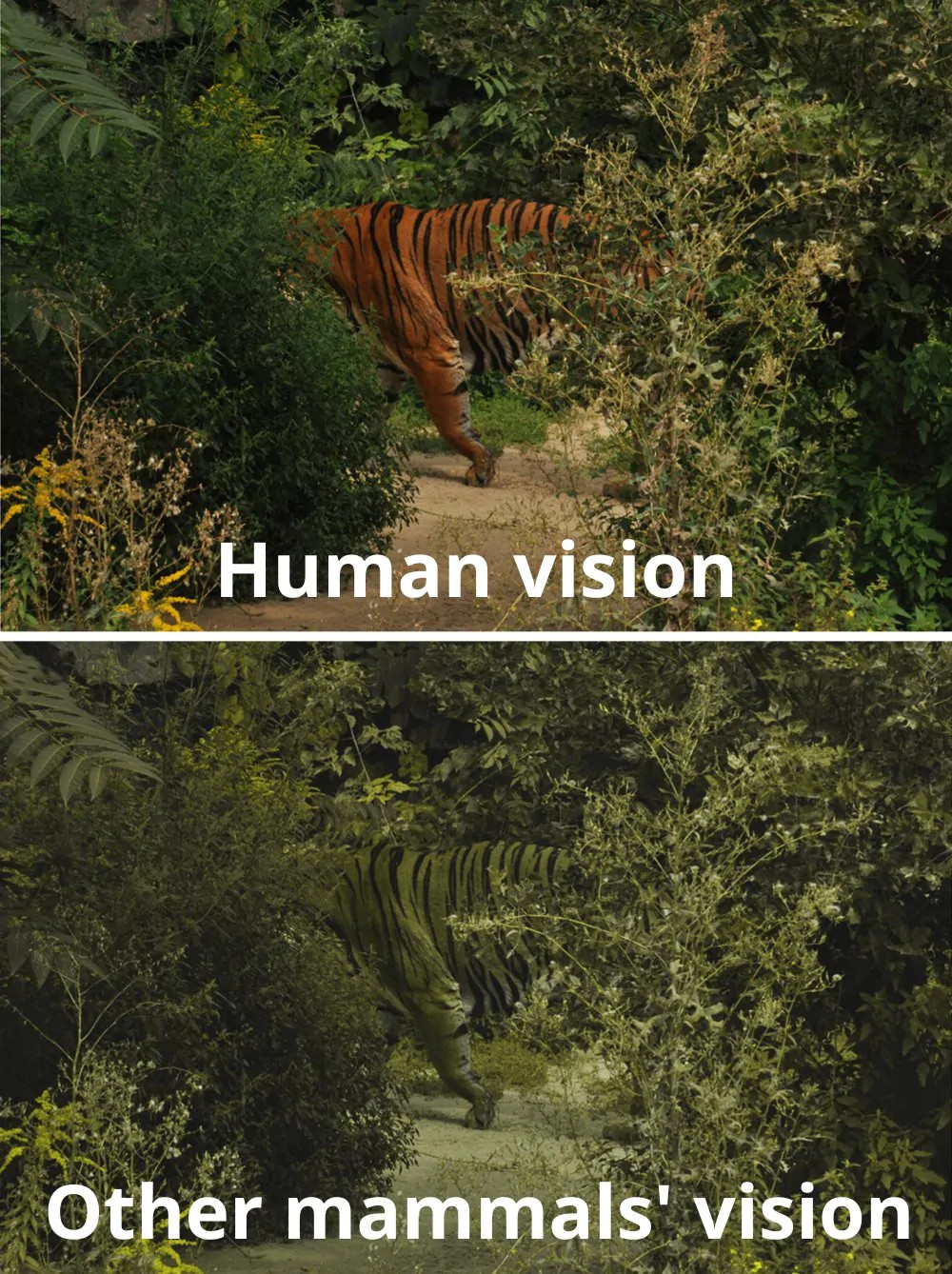
Different jellyfish species from all over the world.
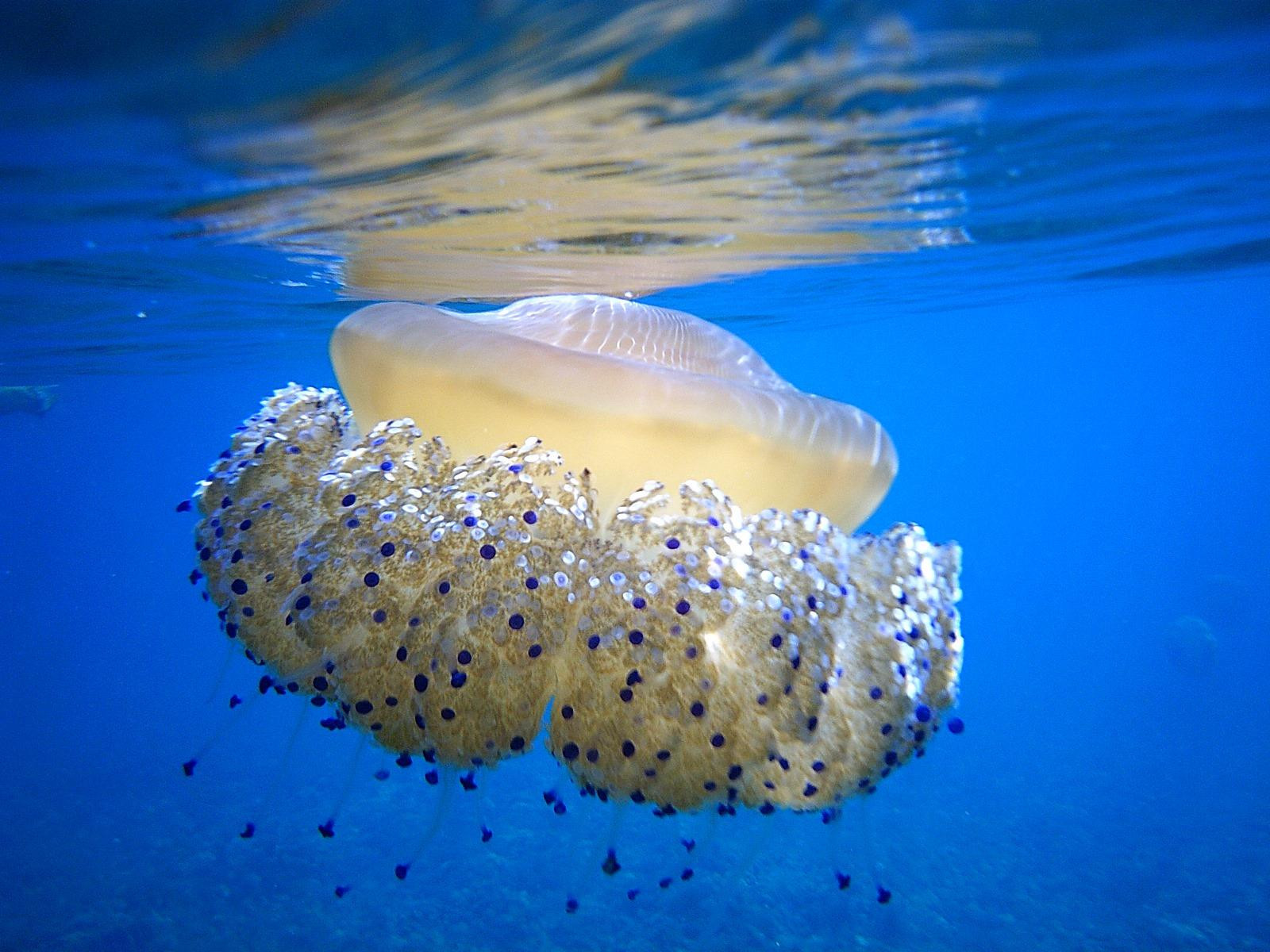
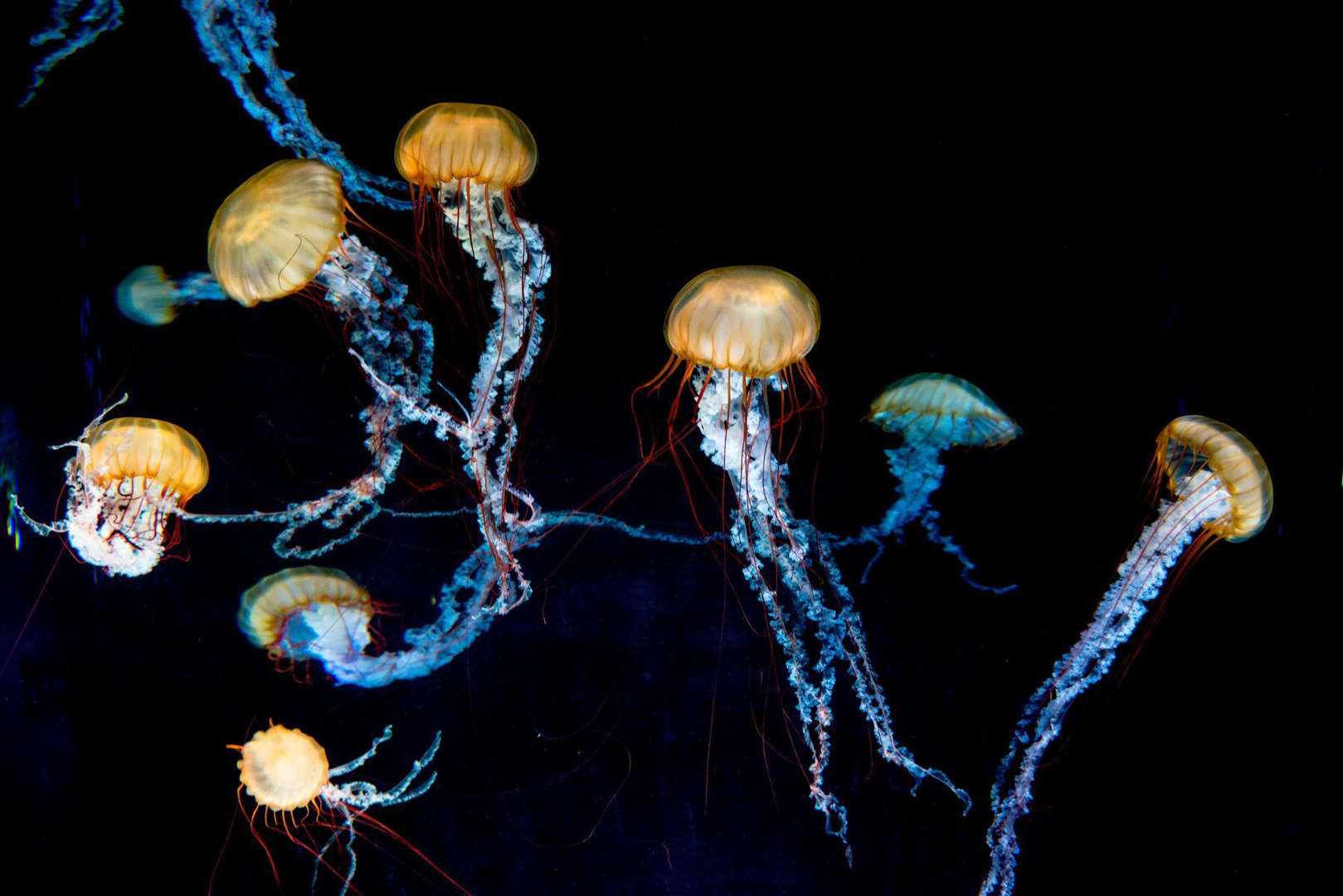
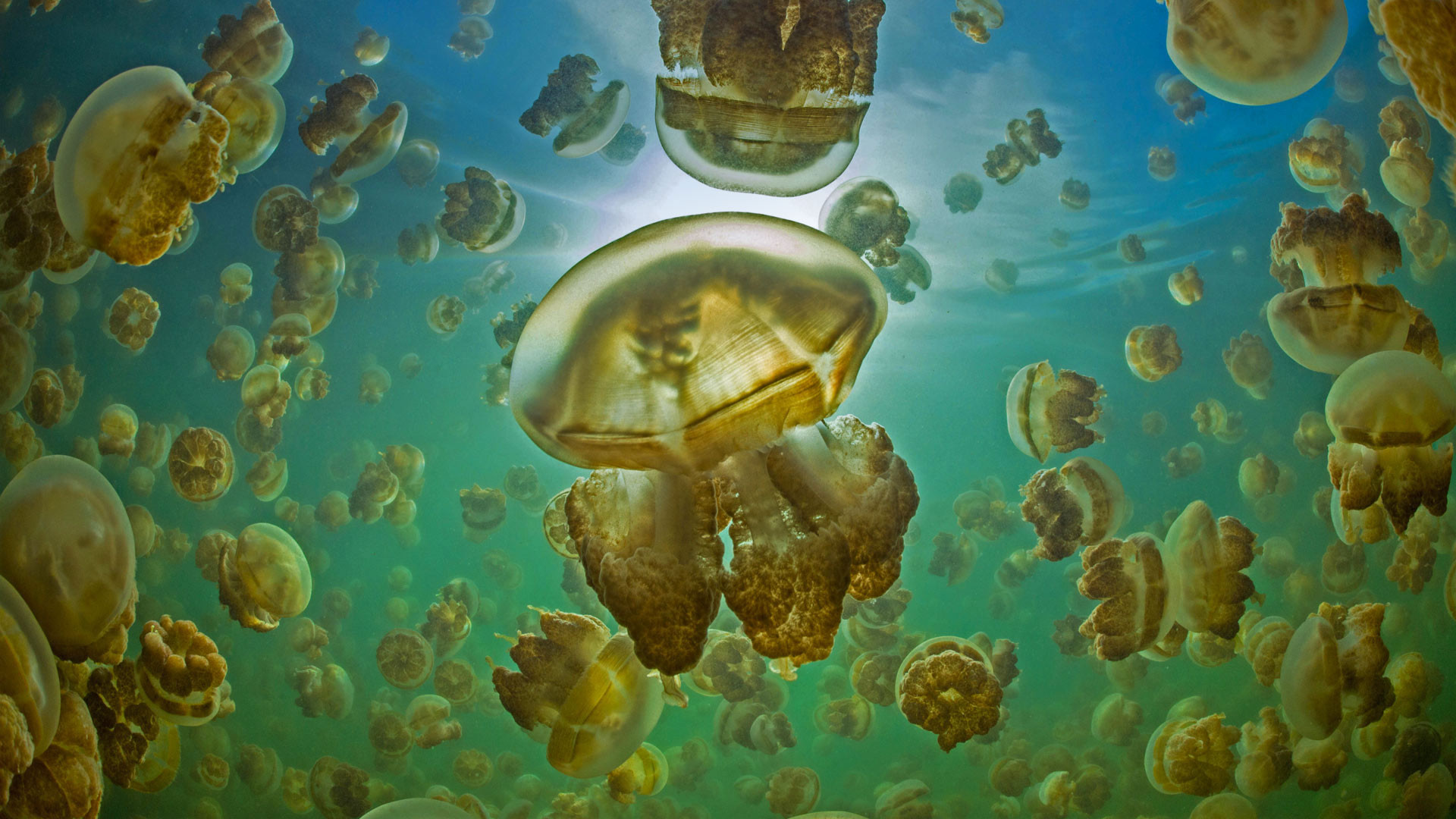
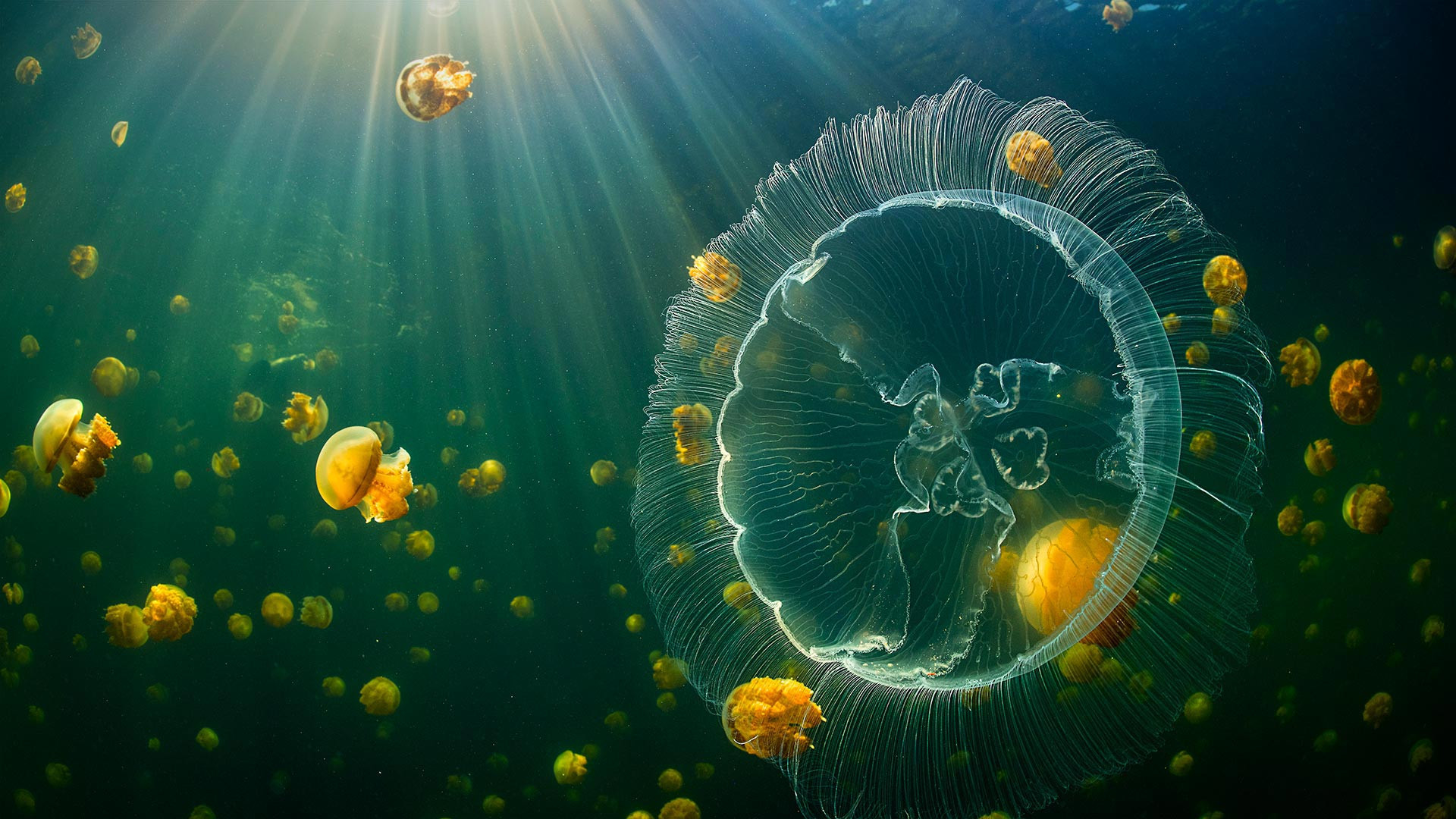
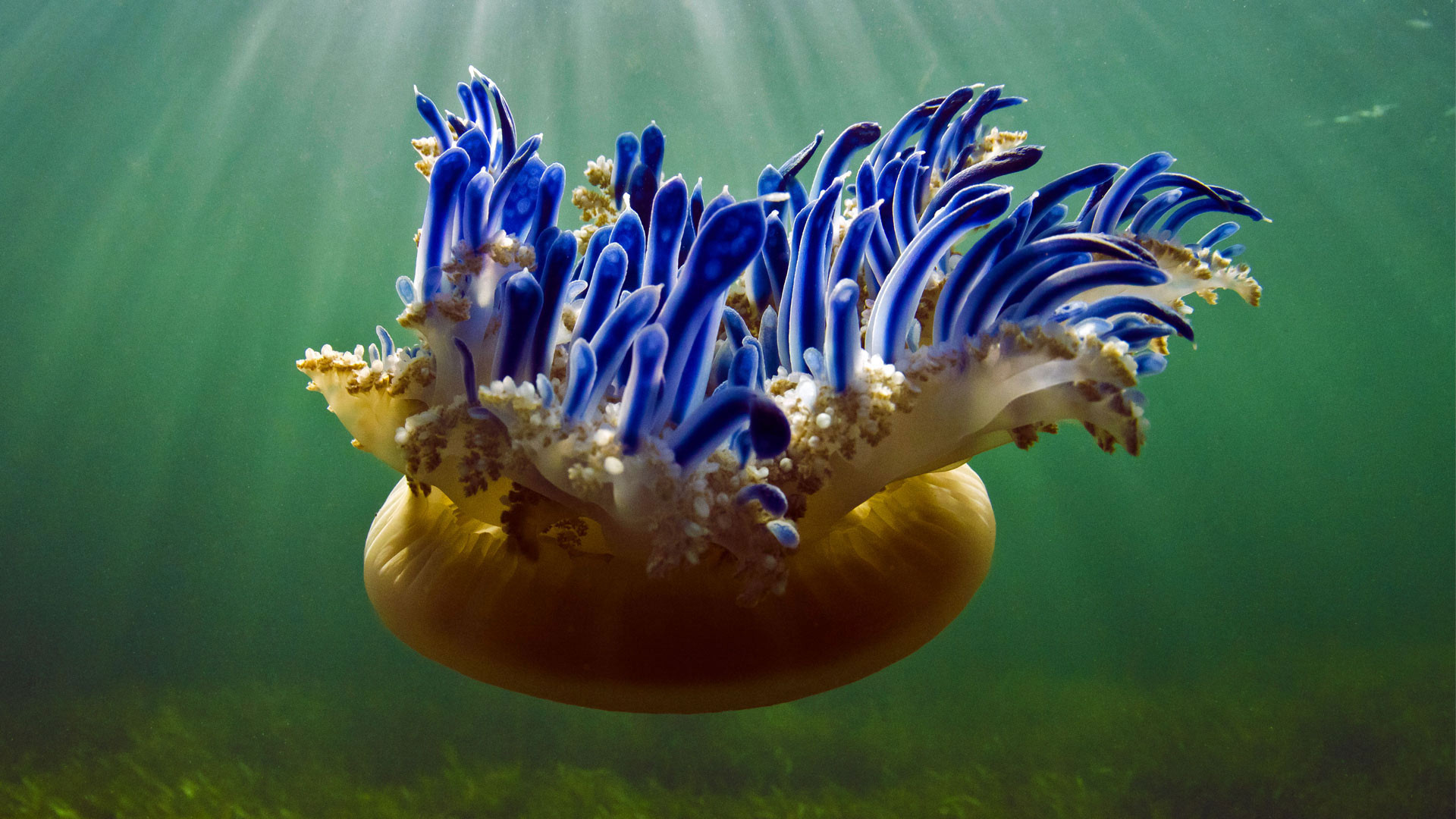
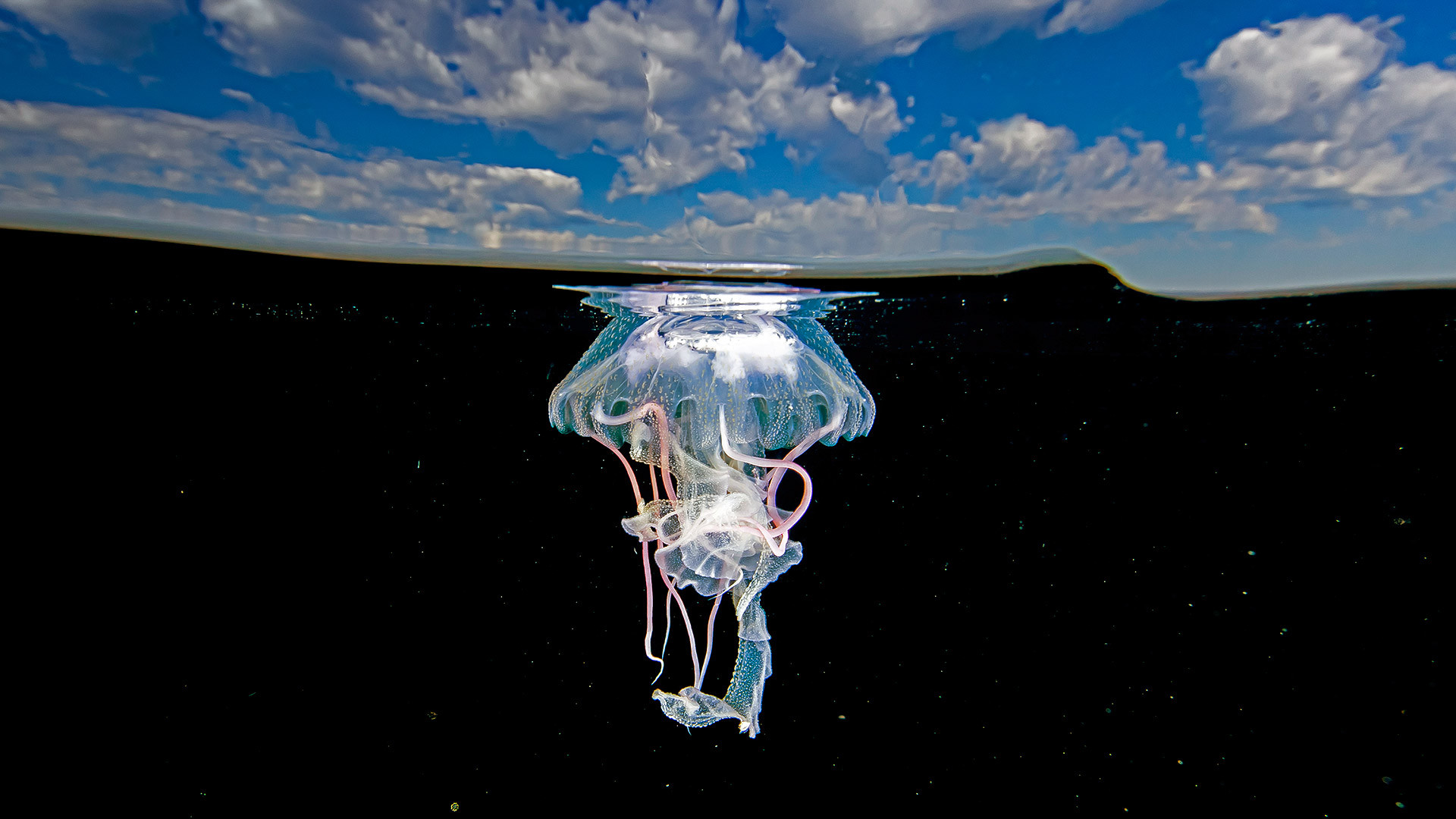
A murmuration of common starlings flying at sunset, at Gretna Green (a parish within Dumfries and Galloway), Scotland.
The great blue heron is a large wading bird, common near the shores of open water and in wetlands over most of North and Central America, as well as far northwestern South America, the Caribbean and the Galápagos Islands. It is occasionally found in the Azores and is a rare vagrant to Europe. An all-white population found in south Florida and the Florida Keys is known as the great white egret. Debate exists about whether these white birds are simply a colour morph (i.e. differing only in appearance, but belonging to the same species) of the great blue heron, a subspecies of it, or an entirely separate species.
The great blue herons shown here are from the Wakodahatchee Wetlands, in Delray Beach, Florida.
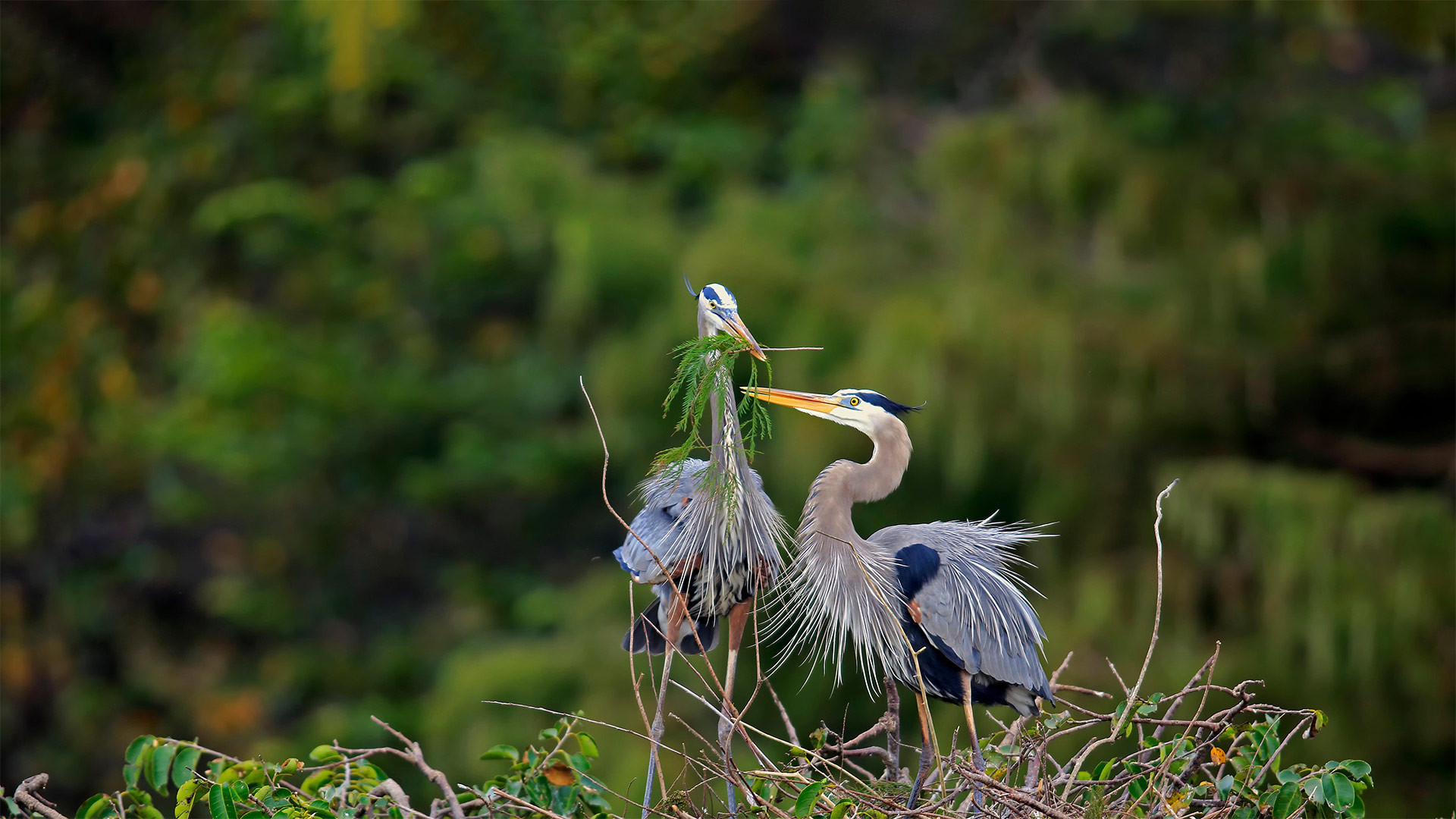
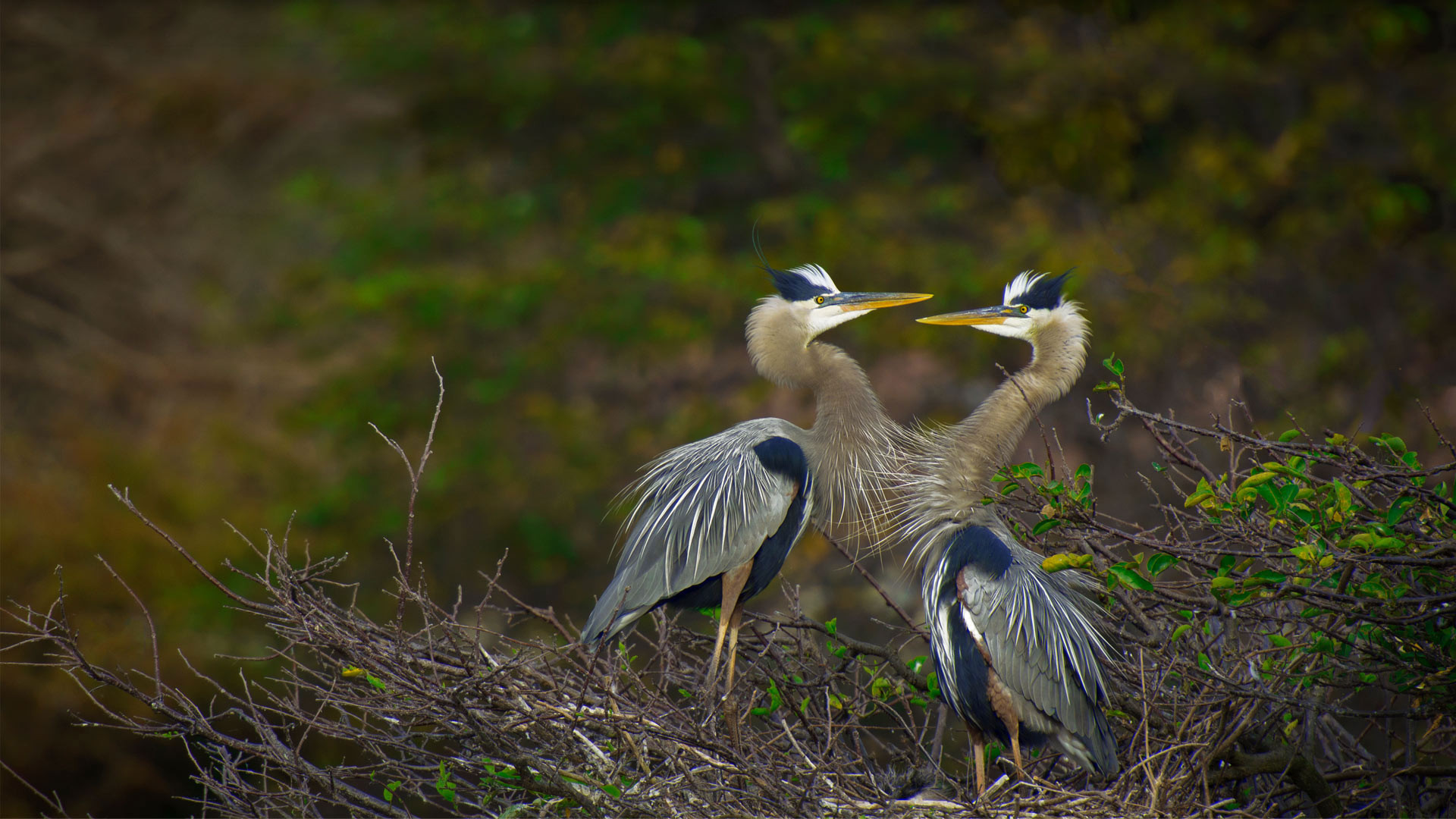
Weaver birds, so named for their elaborately woven nests, from Uganda and India. Weaver birds are seed-eating birds with rounded conical bills.
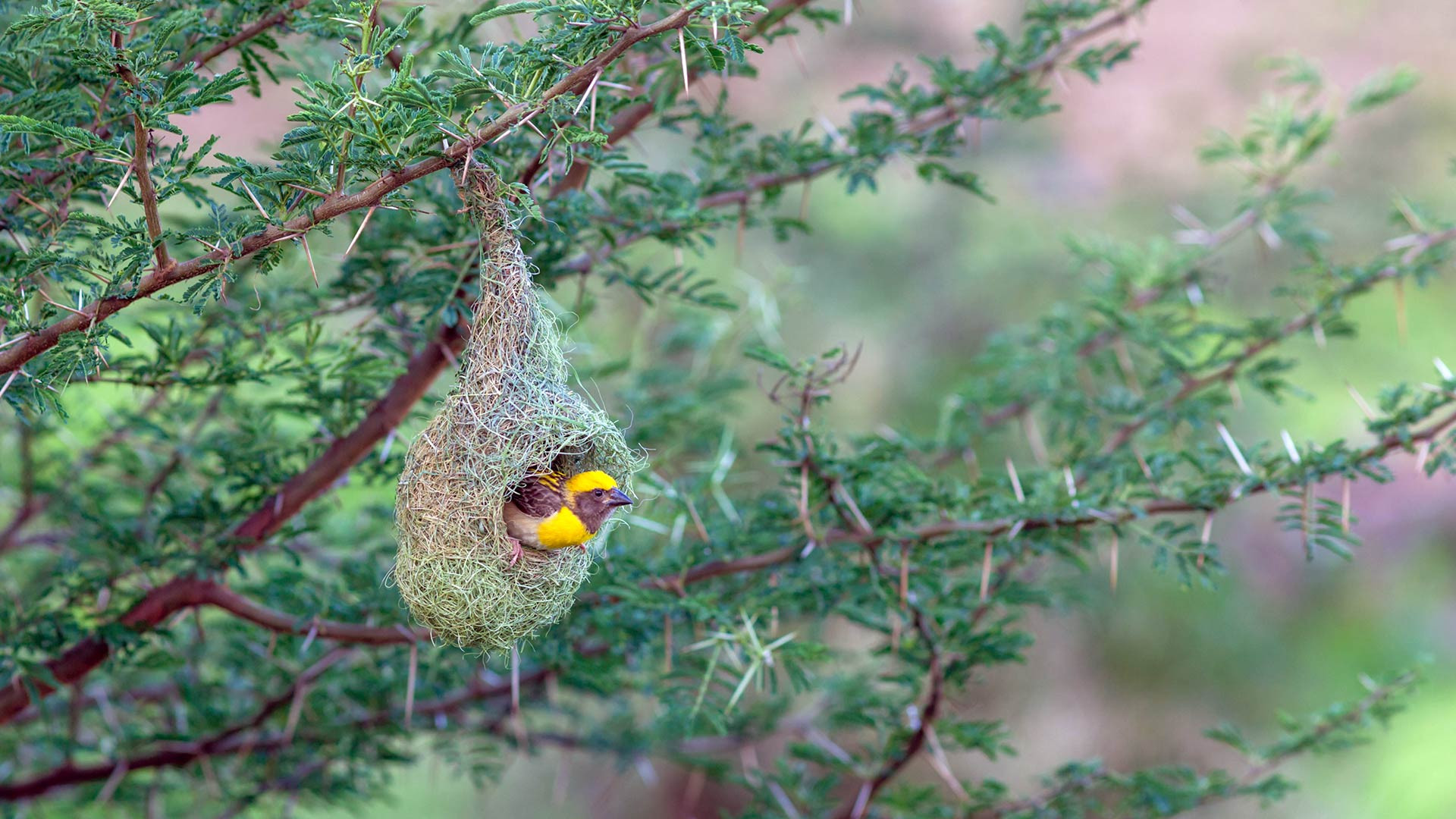
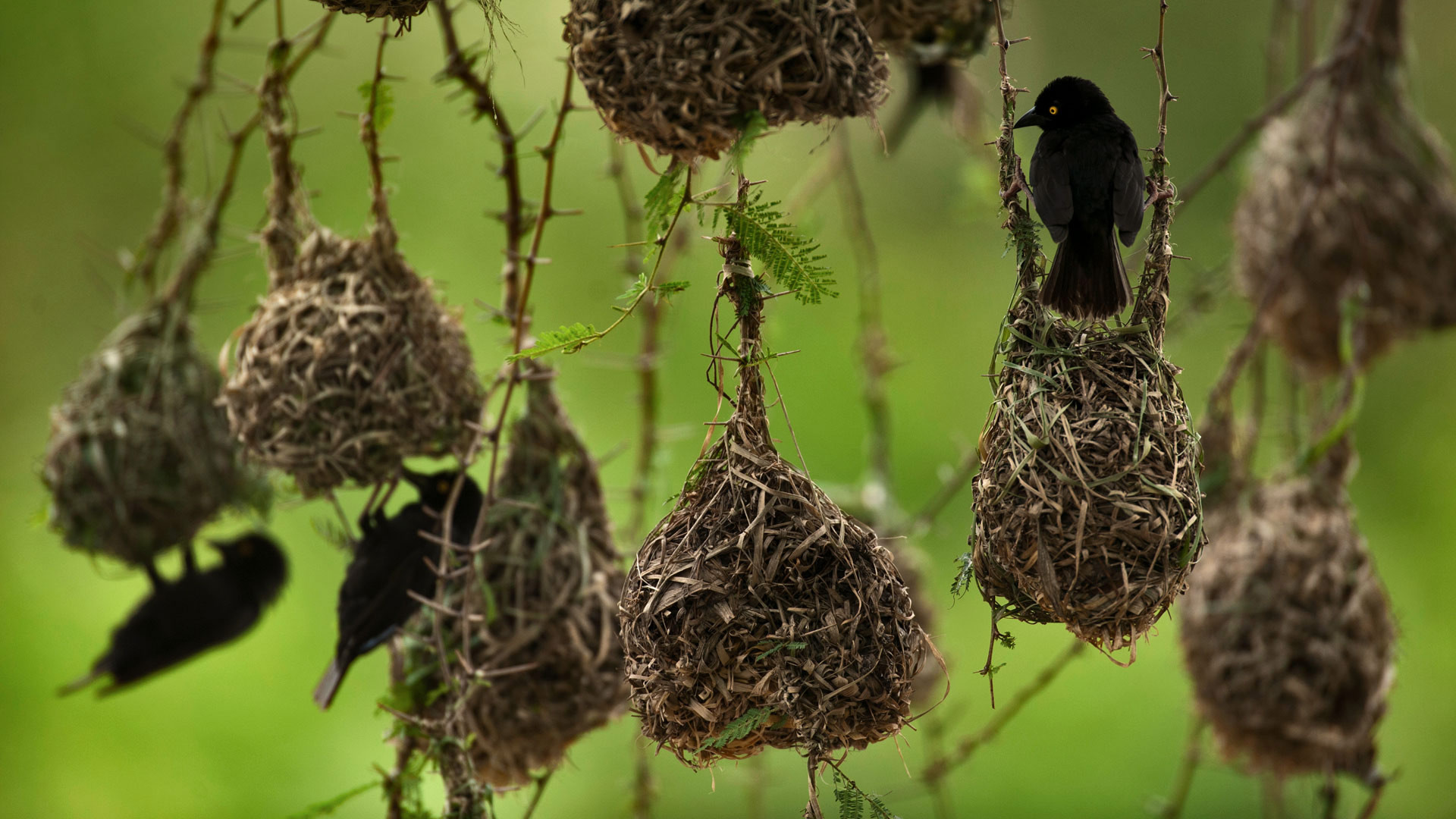
Beech trees and wild anemones blooms heralding the arrival of spring, in Jutland, Denmark (© Nick Brundle).
